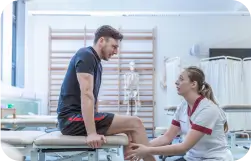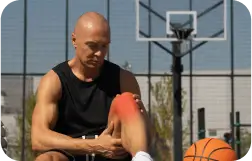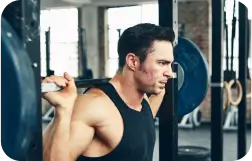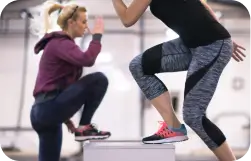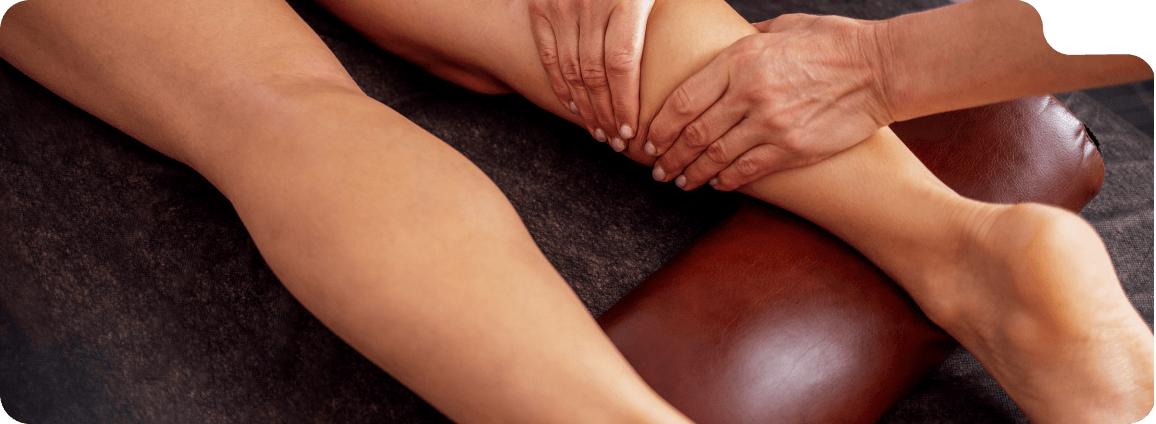What is Achilles Tendinopathy?
Achilles tendinopathy refers to the acute or chronic inflammation of the Achilles tendon, typically caused by overuse and stress placed on the tendon. This type of injury is most common among runners, active adults, athletes, and elderly patients.
The Achilles tendon is the strongest and biggest tendon in the human body, connecting our calf muscles to the back of the heel. However, it is also one of the most commonly injured tendons in the body.












